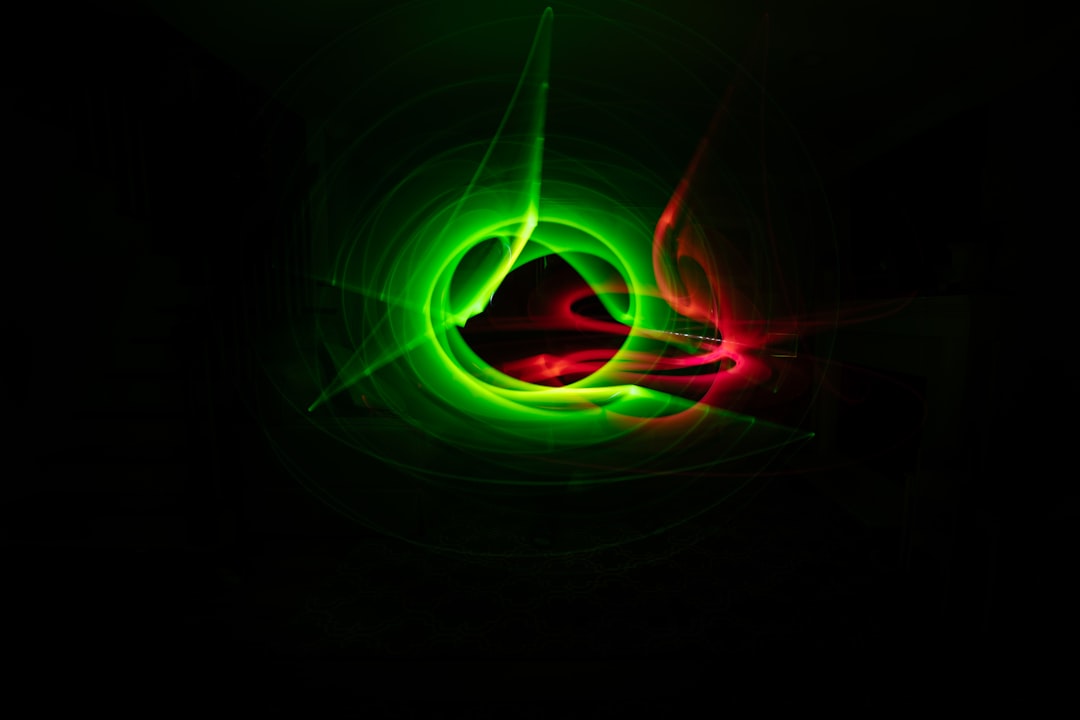What is it about?
Machine learning, particularly artificial neural networks, consumes significant power and time with modern computers. This article introduces free-space optical neural networks, which process information using light instead of electricity. It explains the fundamentals, reviews cutting-edge implementations, and outlines future directions for this transformative technology.
Featured Image

Photo by Rene Böhmer on Unsplash
Why is it important?
Autonomous vehicles, the internet of things, and edge computing require faster, more efficient computing. This article explains how free-space optical neural networks significantly outperform electronic computers. This breakthrough technology enhances performance by orders of magnitude, enabling advanced sensors for the next generation.
Perspectives
We hope this article will provide a framework to discuss new design techniques for free-space optical components.
Alexander Montes McNeil
Northeastern University
Read the Original
This page is a summary of: Fundamentals and recent developments of free-space optical neural networks, Journal of Applied Physics, July 2024, American Institute of Physics,
DOI: 10.1063/5.0215752.
You can read the full text:
Contributors
The following have contributed to this page










